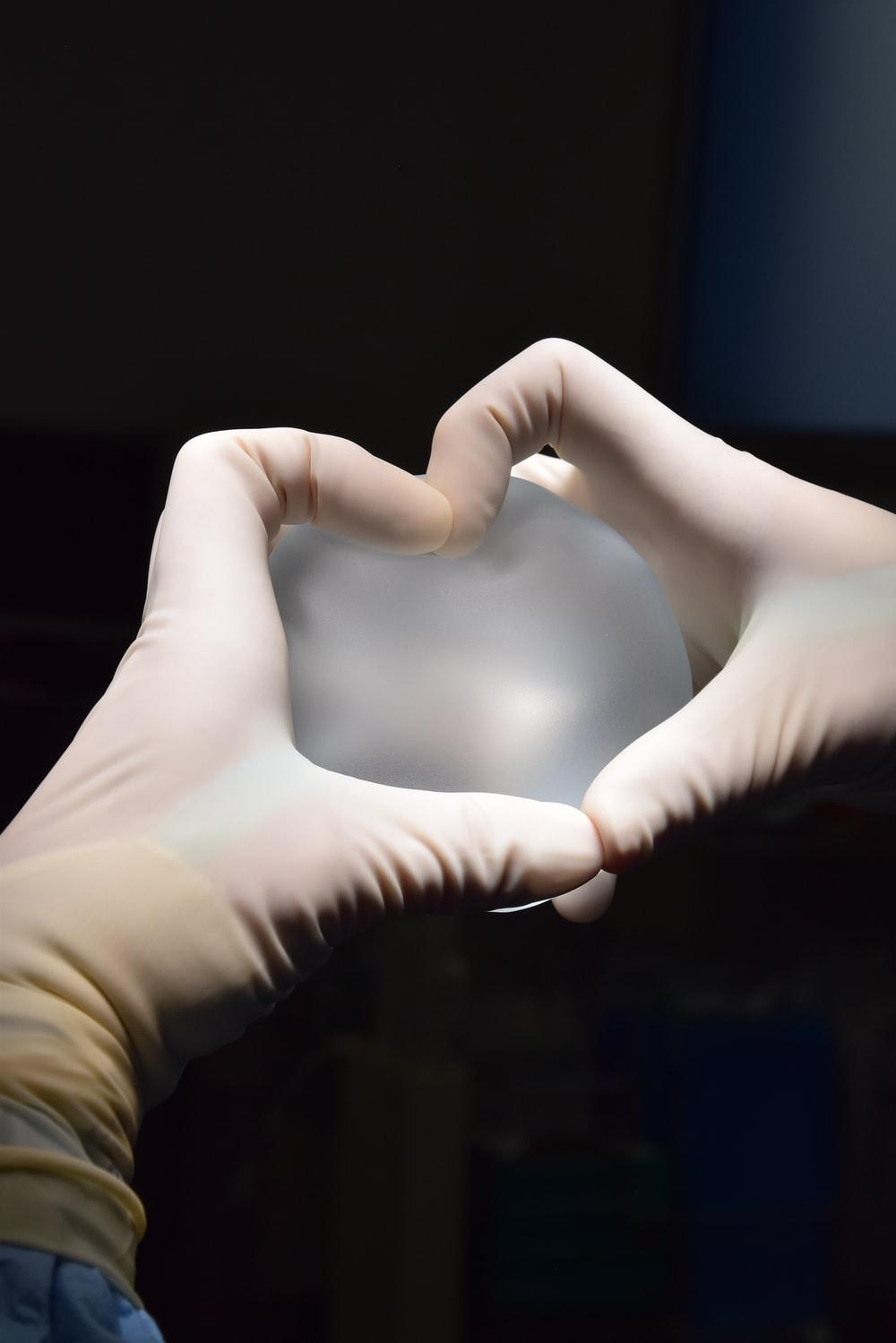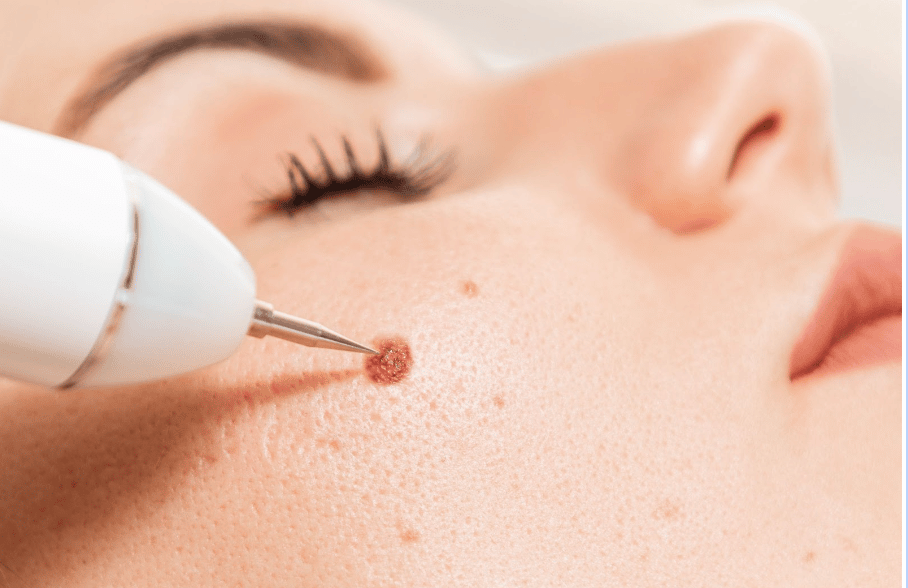One of the most common insecurities women have is their breasts, whether it be their size, shape, or symmetry. Due to this, it is no surprise that breast augmentation is one of the top five most performed elective plastic surgeries every year.
When considering a breast augmentation, one should be as informed as possible and be sure to research thoroughly and ask their surgeon essential questions, such as costs. Breast implant costs can range depending on size, materials, and location. For example, a Toronto breast augmentation cost will be around $11,000-13,000.
The following are four other commonly asked questions about breast augmentation.
Is Rippling Preventable?
An ordinary concern women may have about getting breast augmentation is that their breasts may appear unnatural or that the operation may look “obvious” Most breast augmentation looks natural in almost every circumstance. However, rippling can sometimes appear with saline implants during moments of activity like bending and jumping.
Those looking to minimize rippling might opt for silicone implants rather than saline, as the sturdier material is more natural in look and feel and does not ripple as much during movement.
Additionally, a person may get a procedure known as a fat transfer breast augmentation, where liposuction is performed on the donor area of the body and repurposed on the breasts. As the fat is naturally occurring in the body, it appears naturally in the breasts as well. Fat transfers can be performed as an alternative to breast implants but can also be performed together and placed over the top of the implant for a more natural look and feel, helping to hide any rippling.
Can Implants Rupture?
While breast augmentation has never been safer, ruptures in the implants are still possible. When it comes to a saline breast implant rupture, it is often noticeable almost instantly as the fluid leaks out of the rupture area and quickly begins to deflate. Thankfully saline can be safely absorbed by the body without negative side effects.
Silicone implants, while hardy, can also rupture, albeit at a much slower rate. Due to the dense material, it can take some time before a rupture is noticed. As silicone is not a natural material, it cannot be safely absorbed by the body like saline and would require surgical removal.
It is recommended a person changes their implants every 10-12 years to ensure their integrity, and in cases of silicone implants, to get them inspected every few years via an MRI to ensure there is no leakage.
Will I Lose Feeling in My Breasts?
Feeling numbness in the nipples and breasts after breast augmentation is possible, especially when opting for a larger size implant or if paired with a breast lift when nipples may have been repositioned. In most cases, however, numbness in the breasts and nipples often returns after three to six months following the procedure. The chance of having permanent sensory loss and numbness ranges around the 5-10% mark.
Can I Still Breastfeed?
As breast implants are typically inserted underneath the chest muscles, and behind the area of the breasts containing milk glands, milk production is typically not affected after the procedure.
In cases where the areola is repositioned and reshaped, there is an increased chance of sensory loss in the nipples, however, which can have a small impact on the nipples triggering milk production.
In terms of safety, there have been no reports of implants negatively impacting a child, nor any transference of silicon from mother to child either.
Additionally, there is no evidence that having breast implants can cause any form of complications or defects during pregnancy either.











